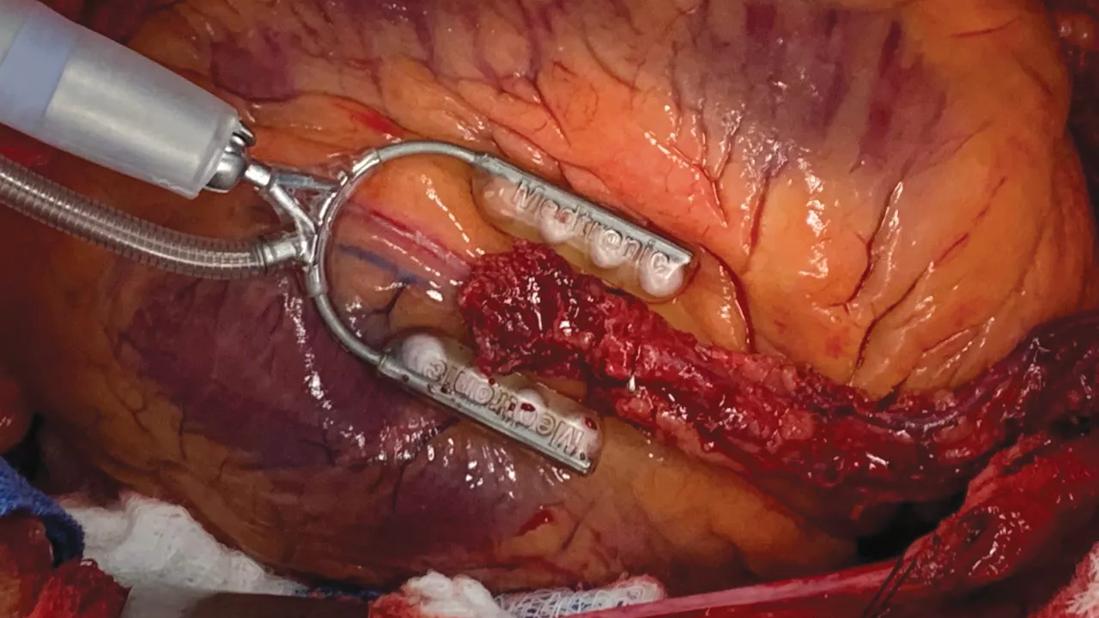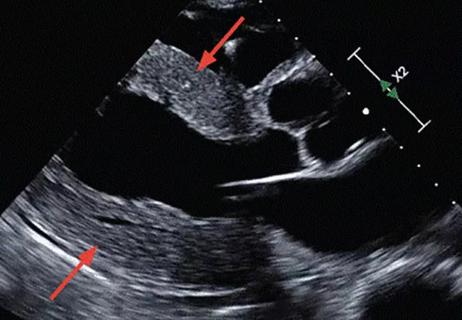
Coronary artery bypass grafting (CABG) surgery was developed more than 50 years ago. Rene Favaloro, MD, a pioneer of the surgical technique, published the world’s first reported CABG in 1968 at Cleveland Clinic in Ohio.
Cleveland Clinic is a non-profit academic medical center. Advertising on our site helps support our mission. We do not endorse non-Cleveland Clinic products or services. Policy
“CABG surgery has withstood the test of time, with few other therapies reporting long-term outcomes 20 to 30 years later,” says Mariano Brizzio, MD, a board-certified cardiac surgeon with Cleveland Clinic Indian River Hospital.
He notes that good results in CABG surgery in selected centers are a function of appropriate patient selection and a systematic approach to the surgical technique that is based on meticulous construction of a conduit-coronary anastomosis and efficiency in the management of the operation.
“Expeditious and accurate performance of coronary anastomosis was imperative at a time when the best a surgeon could do to minimize myocardial injury was to reduce the period of ischemic time,” reflects Dr. Brizzio, who was a medical student when on-pump CABG cemented its role as the revascularization workhorse of cardiac surgery.
The introduction of the systematic use of cardioplegia combined with retrograde delivery techniques in the 1980s leveled the playing field. These techniques allowed surgeons the opportunity to operate using the cardiopulmonary bypass machine in an arrested heart, thereby eliminating the pressure exerted by the original techniques. In this context results improved, and the operation was accepted, making it a significant treatment in the management of patients with coronary disease.
However, CABG surgery was impacted in the late 1990s by the introduction of off-pump techniques – performing coronary bypasses without the utilization of extracorporeal circulation. Later, a few publications, including randomized clinical trials, have shown no difference in results between off-pump and conventional coronary bypass.
“Still, there is a select group of patients for whom off-pump CABG techniques are a better option,” asserts Dr. Brizzio, MD, who specializes in coronary revascularization, minimally invasive valve surgery, and transcatheter valve therapies.
Many publications have demonstrated the disadvantages of extracorporeal circulation in patients with the following: compromised renal function preoperatively, calcified ascending aortas, depressed pulmonary function and significant cerebrovascular disease.
“These patients definitively would see benefit from an off-pump CABG approach,” adds Dr. Brizzio, noting the off-pump technique also has been demonstrated to decrease both blood product transfusions and the incidence and severity of postoperative stroke. At Cleveland Clinic Indian River Hospital, the off-pump CABG technique is used routinely due to the prevalence of an older population with complex coronary disease and multiple co-morbidities. The hospital maintained a 0% mortality rate in the last year and holds a 3-star rating by the Society of Thoracic Surgeons for isolated CABG procedures.

A case-based review of a condition more prevalent than once thought